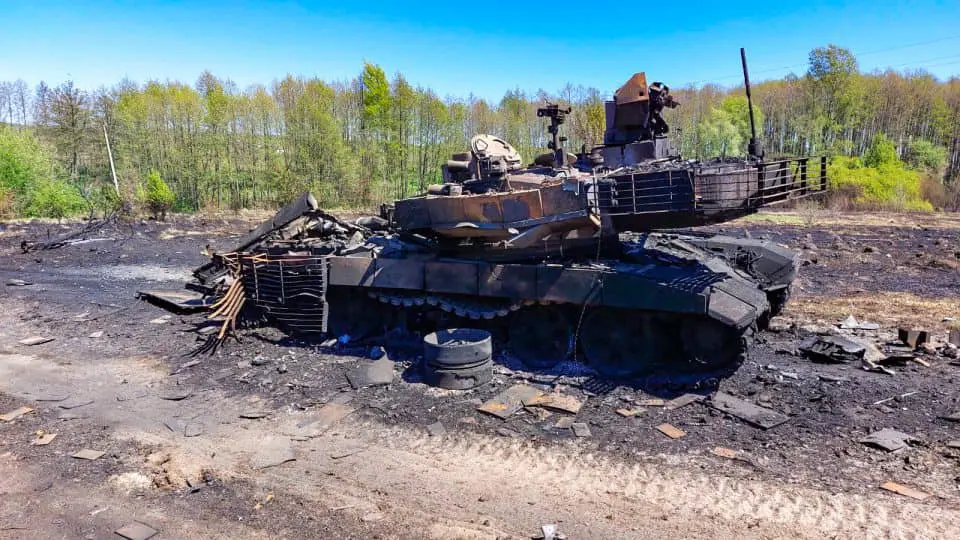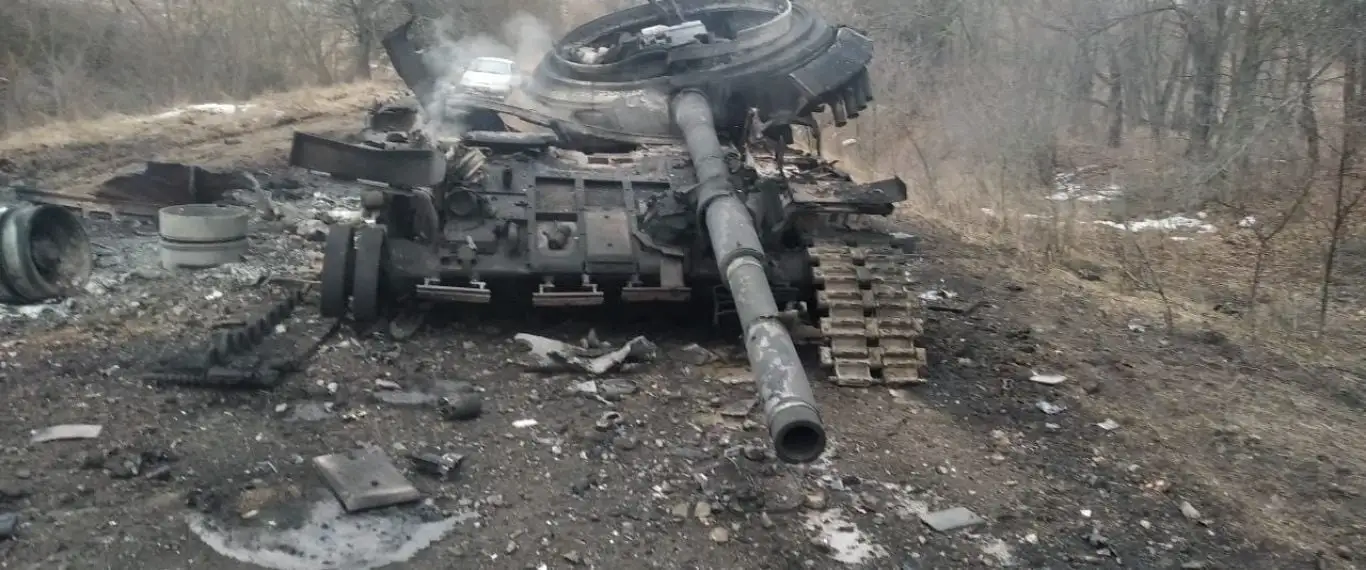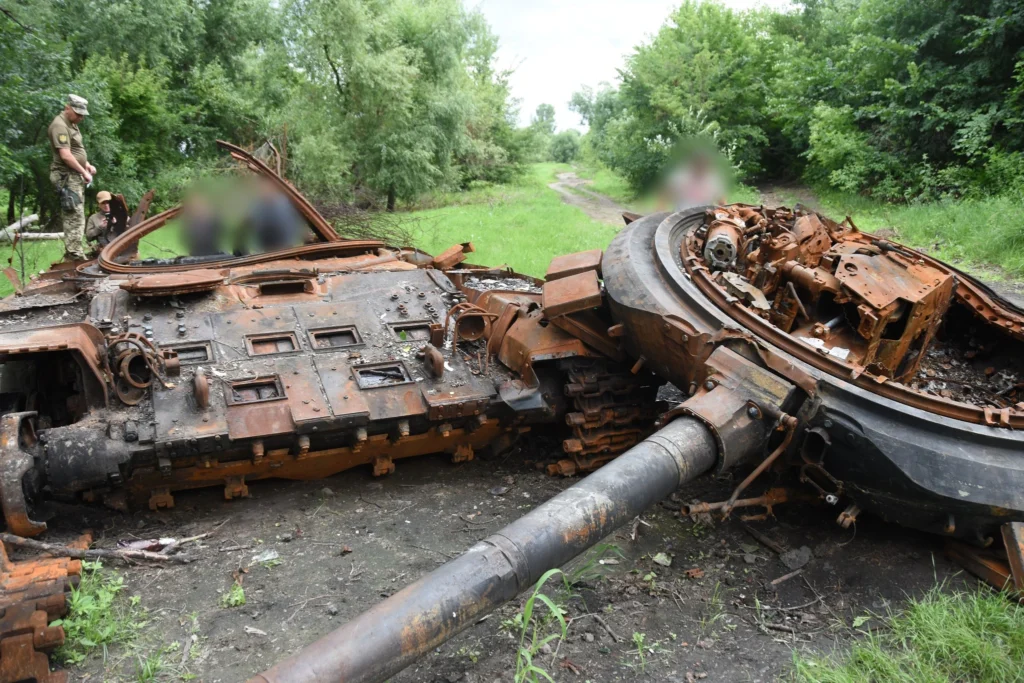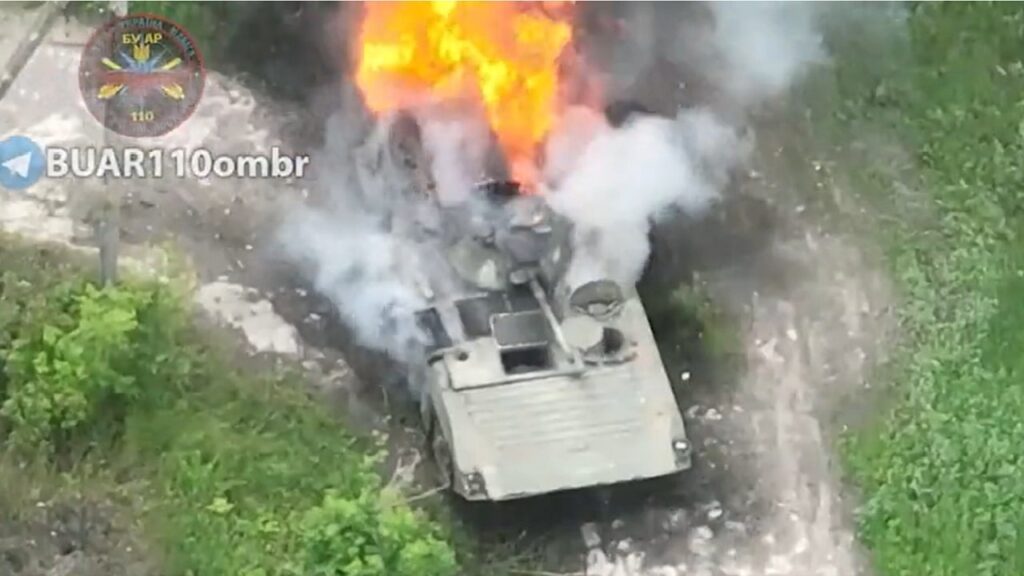It has been 209 days since the Russian invasion of Ukraine began. On Tuesday, the Ukrainian military continues to push the Russian forces in the east and south, while the Russian military persists with its ineffective ground assaults in the Donbas.
Back and forth
Most of the fighting over the past 24 hours has seen the Ukrainian military on the offensive across the battlefield. The Ukrainian forces continue to expand their gains in the east, with reports indicating that the Ukrainian forces are now firmly established on the east bank of the Oskil River around Kupyansk.
Meanwhile, in the south, the Ukrainian forces continue to advance slowly and deliberately toward Kherson. The counteroffensive there hasn’t been as sweeping as that in the east for several reasons, including Russian force concentrations and geography, but the Ukrainian forces have been gaining ground.
The Russian forces continue to waste time, energy, and resources on limited ground offensive operations in the Donbas, attacking Bakhmut in the south but failing to achieve anything significant.
Related: The Ukrainian military shoots down Iranian drone supplied to Russia

Russian casualties
Every day, the Ukrainian military is providing an update on their claimed Russian casualties. These numbers are official figures and haven’t been separately verified.
However, Western intelligence assessments and independent reporting corroborate, to a certain extent, the Ukrainian casualty claims. For example, the Oryx open-source intelligence research page has visually verified the destruction or capture of more than 1,100 Russian tanks (which amounts to more tanks than the combined armor capabilities of France, Germany, Italy, and the United Kingdom) and more than 5,300 military vehicles of all types; this assessment has been confirmed by the British Ministry of Defense.
The same independent verification exists for most of the other Ukrainian claims. Recently, the Pentagon acknowledged that the Russian military has lost thousands of combat vehicles of all types, including over 1,000 tanks, and dozens of fighter jets and helicopters.
Furthermore, more recent reports that are citing Western intelligence officials indicate that the Russian military has suffered up to 50,000 casualties (killed and wounded) in the war so far.
In the summer, Sir Tony Radakin, the British Chief of the Defence Staff, recently told the BBC that the West understands that more than 50,000 Russian troops have been killed or wounded in the conflict thus far. If we were to take the Ukrainian figures as accurate, the number mentioned by Sir Radakin is on the low side of the spectrum.
Related: How effective is Russia’s Nebo-M counter-stealth radar?

Yet, it is very hard to verify the actual numbers unless one is on the ground. However, after adjusting for the fog of war and other factors, the Western official numbers are fairly close to the Ukrainian claims.
As of Monday, the Ukrainian Ministry of Defense is claiming the following Russian casualties:
- 54,810 Russian troops killed (approximately three times that number wounded and captured)
- 4,724 armored personnel carriers and infantry fighting vehicles destroyed
- 3,587 vehicles and fuel tanks
- 2,216 tanks
- 1,323 artillery pieces
- 925 tactical unmanned aerial systems
- 252 fighter, attack, and transport jets
- 318 Multiple Launch Rocket Systems (MLRS)
- 217 attack and transport helicopters
- 239 cruise missiles shot down by the Ukrainian air defenses
- 168 anti-aircraft batteries
- 125 special equipment platforms, such as bridging equipment
- 15 boats and cutters
- four mobile Iskander ballistic missile systems

For most of May, the Russian military suffered the greatest casualties around the Slovyansk, Kryvyi Rih, and Zaporizhzhia areas, reflecting the heavy fighting that was going on there. As the days and weeks went on, most of the heavy fighting shifted toward the direction of Bakhmut, southeast of Slovyansk, around Severodonetsk, Lyman, and Lysychansk.
Then the location of the heaviest casualties shifted again westwards toward the area of Kherson and Zaporizhzhia — where one of Europe’s largest nuclear plants is located — as a result of a Ukrainian counteroffensive in and around the area.
Then, the concentration of casualties once more shifted back to the Donbas, especially in and around Severodonetsk and Lysychansk, the two urban centers the Russians managed to capture in July. For most of August, the heaviest fighting took place in the Donbas, where the Russian forces unsuccessfully tried to breach the Ukrainian defenses and capture the Donetsk province. But lately, most of the fighting has shifted to the south where the Ukrainian military is mounting a major counteroffensive to recapture Kherson. It is now there, on the southern front, that the Russian military is suffering the heaviest casualties.
On Monday, Ukrainian forces continued to inflict the heaviest casualties in the direction of Donetsk City and Bakhmut, where the Russian military persists in launching futile assaults on the Ukrainian defenses.
The stated goal of the Russian military for the renewed offensive in the east is to establish full control over the pro-Russian breakaway territories of Donetsk and Luhansk and create and maintain a land corridor between these territories and the occupied Crimea.
Feature Image: A destroyed Russian T-72B tank. (Ukrainian Ministry of Defense)
Read more from Sandboxx News
- Putin’s Playbook: The author of Putin’s failing foreign policy
- HIMARS rockets alone won’t win the war for Ukraine
- Ukraine is getting ScanEagle drones to help it take out Russian artillery
- Letters to Loretta: The B-17 goes down over Germany
- The technology that could make hypersonic stealth fighters a reality

